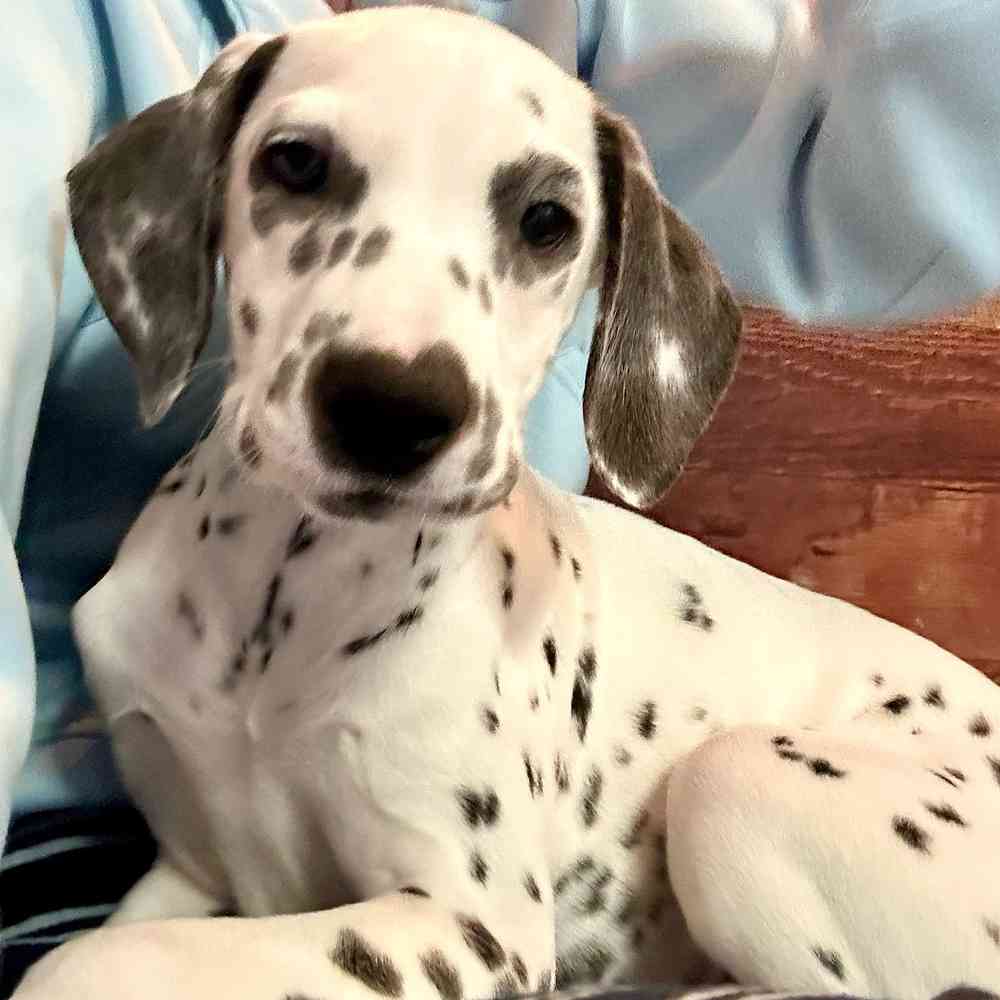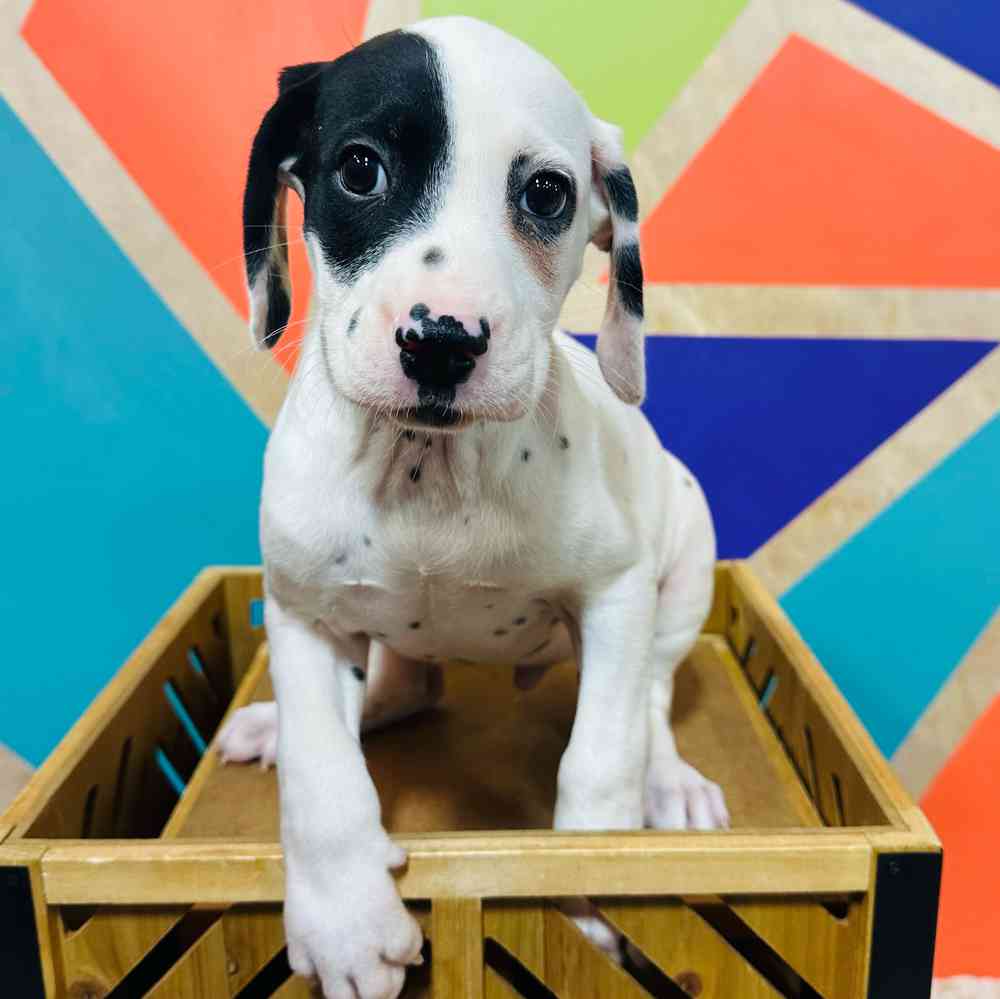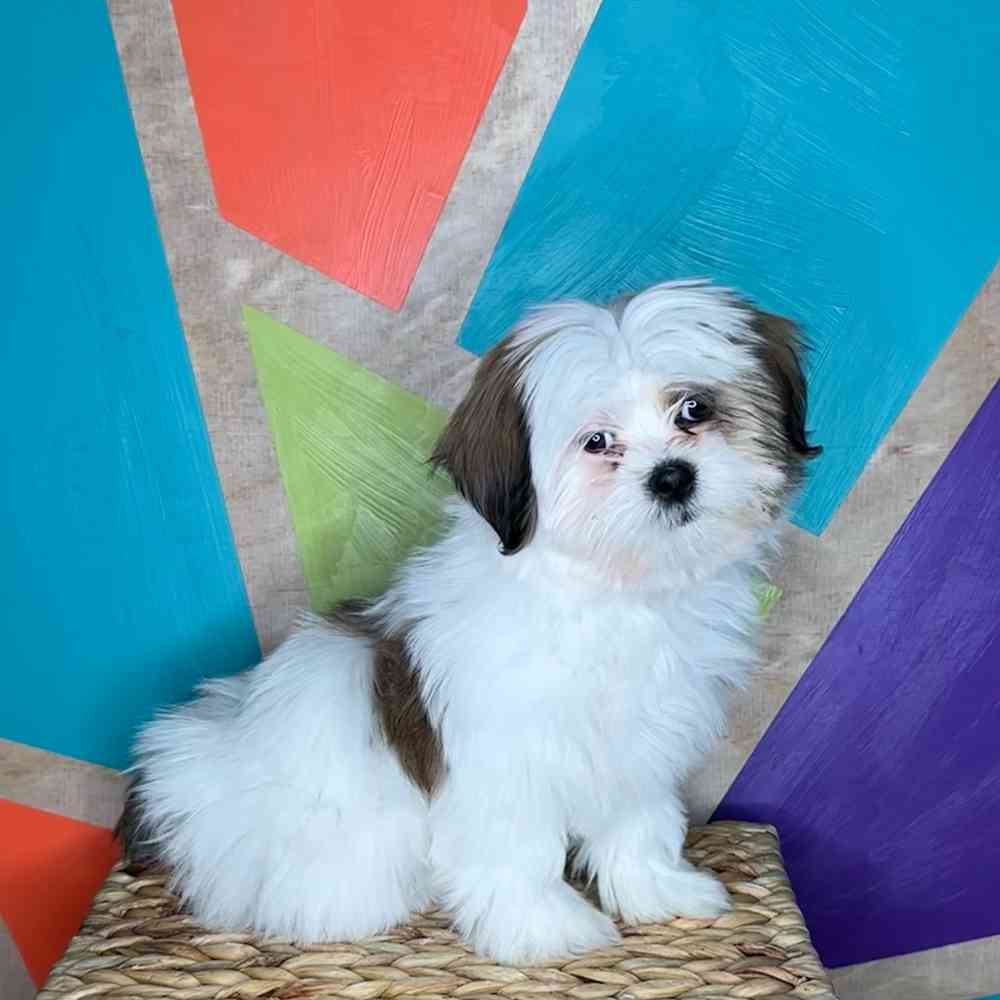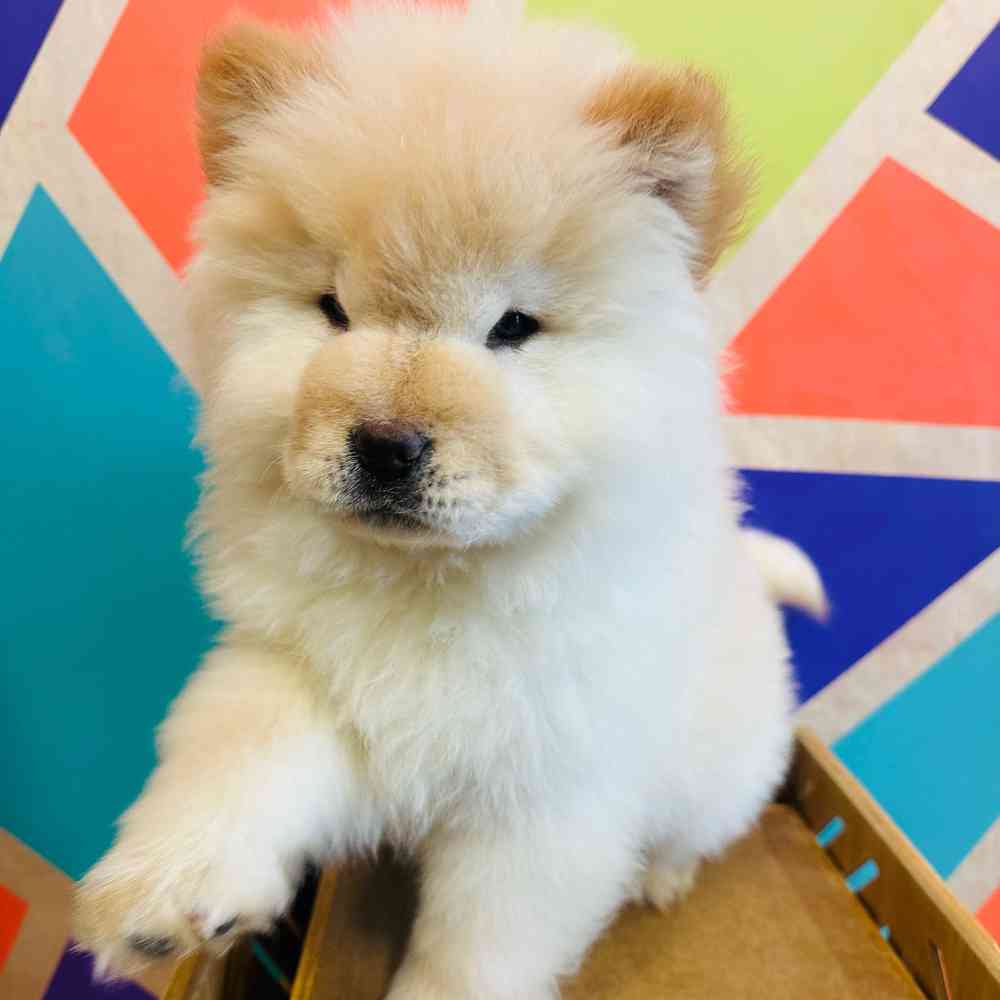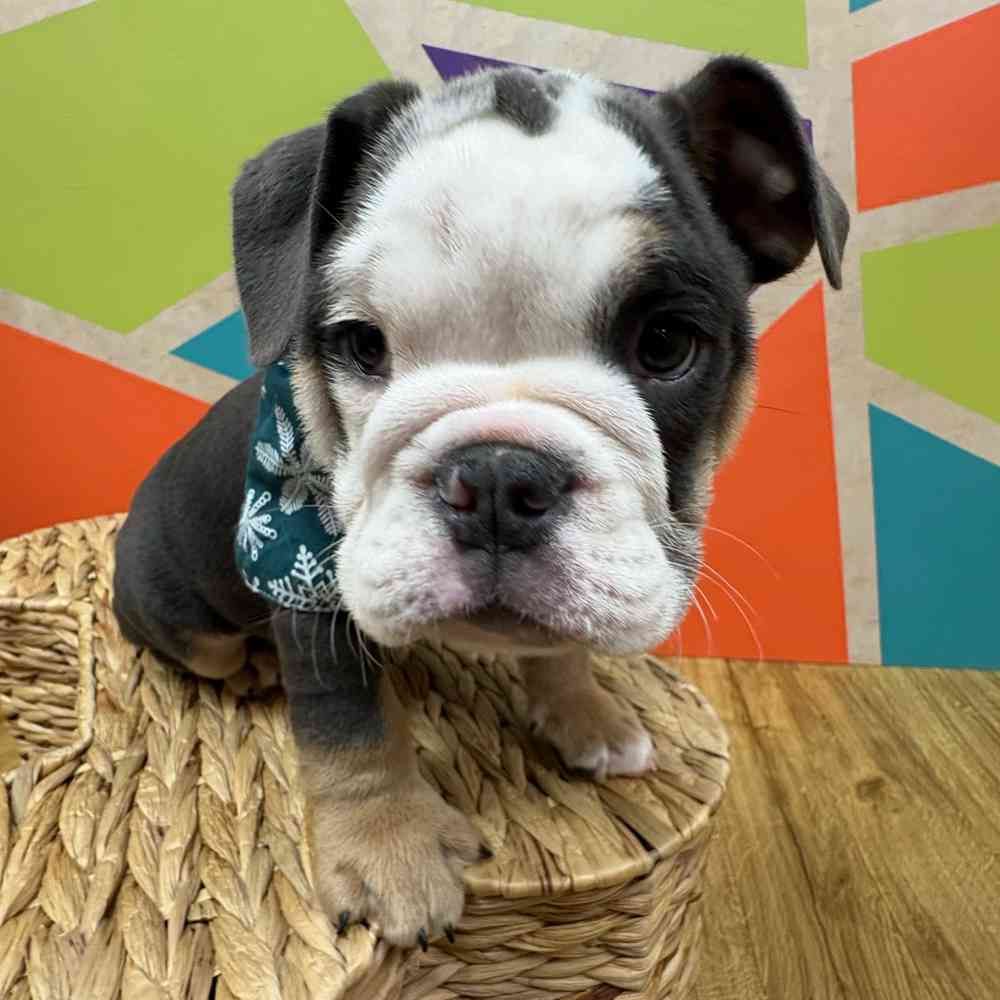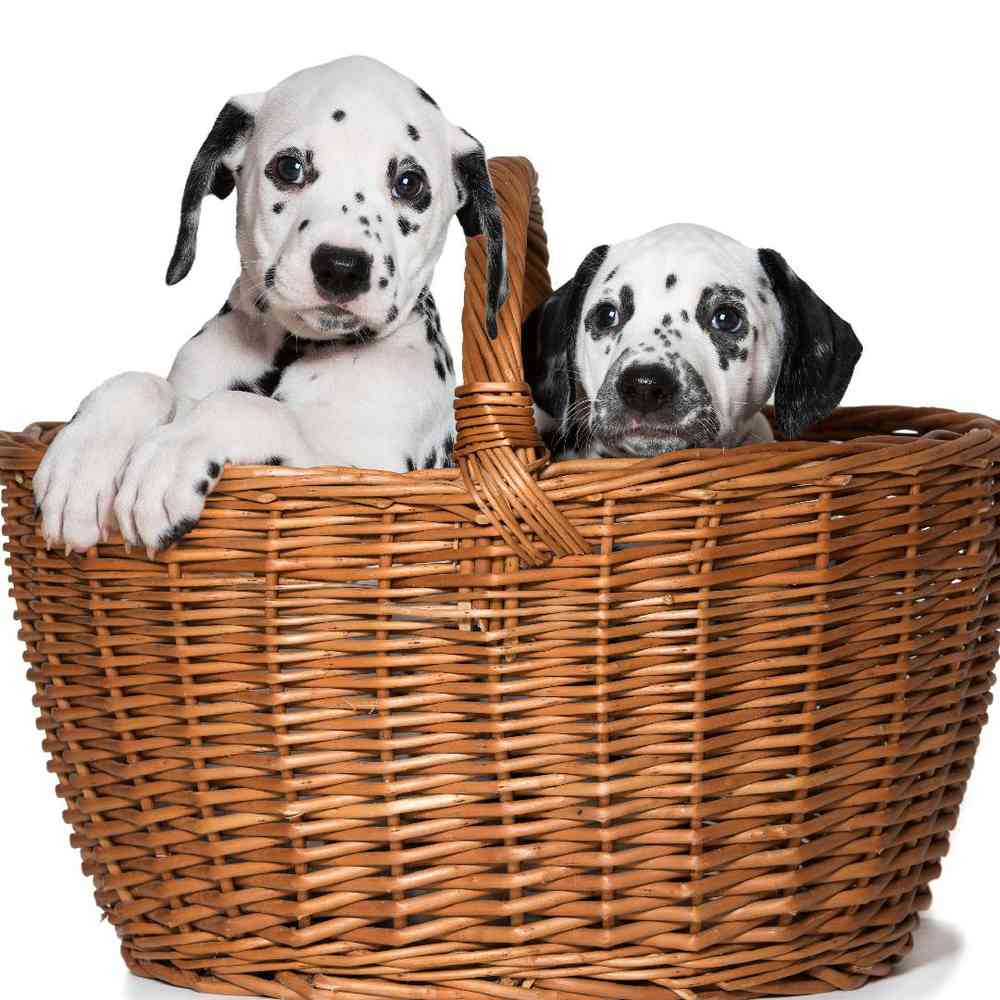
AKC Registrable
Dalmatian
The dignified Dalmatian, dogdom's citizen of the world, is famed for his spotted coat and unique job description. During their long history, these "coach dogs" have accompanied the horse-drawn rigs of nobles, gypsies, and firefighters.
Available Pups
Puppy Knowledge
Breed Info
Clubs, Registries & Associations
American Canine Association Continental Kennel Club Universal Kennel Club International American Kennel Club United All Breed Registry America's Pet Registry, Inc. United Kennel Club (Based on breed recognition. See store for details on this particular puppy.)
Group
Non-Sporting
Heritage
No one knows the exact roots of the Dalmatian, nor when they first originated. There are historical recordings dating to the 18th century, but the breed is likely older than that. It is thought that they originated in Dalmatia in the region of Croatia, where they used as guard dogs. The Dalmatian became popular carriage dogs in the 1800’s because of their ability to get along with horses. Trained to run in front of the horse-drawn carriages, they cleared a path for horse-drawn fire wagons. Because of their great guarding abilities, they were also used to guard firehouses, preventing the theft of expensive equipment and horses. They are also great eradicators of rats and other vermin.
Description
Large, 19-24" at the shoulders, weighing up to 40-70 pounds. This breed is strong with a muscular body and a short, smooth coat with fine hairs that in a primarily white coat with well defined round spots. The spots can be black or liver. The puppies are born solid white and the spots develop as the pup matures.
Health Awareness
The Dalmatian has a life expectancy of 10-12 years and is kidney stones and urinary tract diseases, skin allergies, hip dysplasia and deafness
Personality
The Dalmatian needs an active family. This breed is a natural athlete, highly energetic, playful, vivacious, needs to run and wants to play with you – for hours! Remember, they were bred to run for long periods of time in front of carriages, so they have a natural instinct to run, run and run some more. They need a fenced yard because they are escape artists and when they run away, then run away fast! They are affectionate, loving, need your companionship and thrive in a family environment. They are natural guard dogs and will protect their territory and those within it. Be cautious, though, that you do not encourage guarding behavior that results in aggression. This breed needs a lot of socialization when a puppy to prevent the guarding behavior from becoming a problem especially because they are wary of strangers. Lack of socialization will result in fear aggression with this breed, which can trigger a fear aggressive bite. Your Dalmatian is a sweet, loyal, enthusiastic, alert, highly intelligent breed who will be eager and quick to learn from you. You need to be a calm, knowledgeable, and humane owner giving consistent and committed leadership to your Dalmatian using only motivational training methods.
Additional Information
Grooming Requirements: Requires regular brushing and bathe only when necessary Coat: Short Shedding: Constant shedding with profuse shedding twice per year Hypoallergenic: No Apartment Living: Good for apartment living if given sufficient exercise Lap Dog: No Good With Children: Good with all children when socialized while a puppy Good With Other Pets: Good with other dogs when socialized while a puppy; can be dog aggressive with unfamiliar dogs; loves horses
Breed Standard
General Appearance
The Dalmatian is a distinctively spotted dog; poised and alert; strong, muscular and active; free of shyness; intelligent in expression; symmetrical in outline; and without exaggeration or coarseness. The Dalmatian is capable of great endurance, combined with fair amount of speed. Deviations from the described ideal should be penalized in direct proportion to the degree of the deviation.
Size, Proportion, Substance
Desirable height at the withers is between 19 and 23 inches. Undersize or oversize is a fault. Any dog or bitch over 24 inches at the withers is disqualified. The overall length of the body from the forechest to the buttocks is approximately equal to the height at the withers. The Dalmatian has good substance and is strong and sturdy in bone, but never coarse.
Head
The head is in balance with the overall dog. It is of fair length and is free of loose skin. The Dalmatian's expression is alert and intelligent, indicating a stable and outgoing temperament. The eyes are set moderately well apart, are medium sized and somewhat rounded in appearance, and are set well into the skull. Eye color is brown or blue, or any combination thereof; the darker the better and usually darker in black-spotted than in liver-spotted dogs. Abnormal position of the eyelids or eyelashes (ectropion, entropion, trichiasis) is a major fault. Incomplete pigmentation of the eye rims is a major fault. The ears are of moderate size, proportionately wide at the base and gradually tapering to a rounded tip. They are set rather high, and are carried close to the head, and are thin and fine in texture. When the Dalmatian is alert, the top of the ear is level with the top of the skull and the tip of the ear reaches to the bottom line of the cheek. The top of the skull is flat with a slight vertical furrow and is approximately as wide as it is long. The stop is moderately well defined. The cheeks blend smoothly into a powerful muzzle, the top of which is level and parallel to the top of the skull. The muzzle and the top of the skull are about equal in length. The nose is completely pigmented on the leather, black in black-spotted dogs and brown in liver-spotted dogs. Incomplete nose pigmentation is a major fault. The lips are clean and close fitting. The teeth meet in a scissors bite. Overshot or undershot bites are disqualifications.
Neck, Topline, Body
The neck is nicely arched, fairly long, free from throatiness, and blends smoothly into the shoulders. The topline is smooth. The chest is deep, capacious and of moderate width, having good spring of rib without being barrel shaped. The brisket reaches to the elbow. The underline of the rib cage curves gradually into a moderate tuck-up. The back is level and strong. The loin is short, muscular and slightly arched. The flanks narrow through the loin. The croup is nearly level with the back. The tail is a natural extension of the topline. It is not inserted too low down. It is strong at the insertion and tapers to the tip, which reaches to the hock. It is never docked. The tail is carried with a slight upward curve but should never curl over the back. Ring tails and low-set tails are faults.
Forequarters
The shoulders are smoothly muscled and well laid back. The upper arm is approximately equal in length to the shoulder blade and joins it at an angle sufficient to insure that the foot falls under the shoulder. The elbows are close to the body. The legs are straight, strong and sturdy in bone. There is a slight angle at the pastern denoting flexibility.
Hindquarters
The hindquarters are powerful, having smooth, yet well defined muscles. The stifle is well bent. The hocks are well let down. When the Dalmatian is standing, the hind legs, viewed from the rear, are parallel to each other from the point of the hock to the heel of the pad. Cowhocks are a major fault.
Feet
Feet are very important. Both front and rear feet are round and compact with thick, elastic pads and well arched toes. Flat feet are a major fault. Toenails are black and/or white in blackspotted dogs and brown and/or white in liver- spotted dogs. Dewclaws may be removed
Coat
The coat is short, dense, fine and close fitting. It is neither woolly nor silky. It is sleek, glossy and healthy in appearance.
Color and Markings
Color and markings and their overall appearance are very important points to be evaluated. The ground color is pure white. In black-spotted dogs the spots are dense black. In liver-spotted dogs the spots are liver brown. Any color markings other than black or liver are disqualified. Spots are round and well-defined, the more distinct the better. They vary from the size of a dime to the size of a half-dollar. They are pleasingly and evenly distributed. The less the spots intermingle the better. Spots are usually smaller on the head, legs and tail than on the body. Ears are preferably spotted. Tri-color(which occurs rarely in this breed) is a disqualification. It consists of tan markings found on the head, neck, chest, leg or tail of a black- or liver-spotted dog. Bronzing of black spots, and fading and/or darkening of liver spots due to environmental conditions or normal processes of coat change are not tri-coloration. Patches are a disqualification. A patch is a solid mass of black or liver hair containing no white hair. It is appreciably larger than a normal sized spot. Patches are a dense, brilliant color with sharply defined, smooth edges. Patches are present at birth. Large color masses formed by intermingled or overlapping spots are not patches. Such masses should indicate individual spots by uneven edges and/or white hairs scattered throughout the mass.
Gait
In keeping with the Dalmatian's historical use as a coach dog, gait and endurance are of great importance. Movement is steady and effortless. Balanced angulation fore and aft combined with powerful muscles and good condition produce smooth, efficient action. There is a powerful drive from the rear coordinated with extended reach in the front. The topline remains level. Elbows, hocks and feet turn neither in nor out. As the speed of the trot increases, there is a tendency to single track.
Temperament
Dignified, Smart, Outgoing
Disqualifications
Any dog or bitch over 24 inches at the withers Overshot or undershot bite. Any color markings other than black or liver. Tri-color Patches
Overview
About
The Dalmatian’s delightful, eye-catching spots of black or liver adorn one of the most distinctive coats in the animal kingdom. Beneath the spots is a graceful, elegantly proportioned trotting dog standing between 19 and 23 inches at the shoulder. Dals are muscular, built to go the distance; the powerful hindquarters provide the drive behind the smooth, effortless gait. The Dal was originally bred to guard horses and coaches, and some of the old protective instinct remains. Reserved and dignified, Dals can be aloof with strangers and are dependable watchdogs. With their preferred humans, Dals are bright, loyal, and loving house dogs. They are strong, active athletes with great stamina—a wonderful partner for runners and hikers.
History
Many AKC breeds have obscure and disputed origins, none more so than the Dalmatian. Researchers have used ancient artifacts and writings to support theories placing the Dal’s birth in the British Isles, Europe, North Africa, and Asia. There is no doubt, however, that by the early 1800s the breed was closely associated with a swath of Central Europe along the Adriatic Sea, the region once known as Dalmatia. Dalmatians have a job description unique among AKC breeds: coach dog. Their traditional occupation was to trot beside horse-drawn coaches, and to guard the horses and rig when otherwise unattended. Dals were alongside the caravans of the Romani people, commonly known as gypsies, during their ceaseless wanderings around Europe. This association with the peripatetic Romani helps explain why Dal origins are so difficult to pin down—as with the gypsies themselves, the world was their home. British nobles, too, employed Dals as handsome accents to their livery. The English had a close affinity with the breed and gave it such nicknames as the English Coach Dog, Spotted Dick, and the Plum Pudding Dog (the Dal’s spots resembling the candied fruit and nuts that fleck Britain’s traditional holiday dessert). Back in the 1800s, when horses pulled fire engines, Dals began their long association with firefighters. These days, Dals accompany the famous Budweiser Clydesdales on parade. Dals entered the AKC Stud Book in 1888. The Dalmatian Club of America holds road trials to test their dogs’ “coach dog” ability.
Standard
The Dalmatian is a distinctively spotted dog; poised and alert; strong, muscular and active; free of shyness; intelligent in expression; symmetrical in outline; and without exaggeration or coarseness. The Dalmatian is capable of great endurance, combined with fair amount of speed. Deviations from the described ideal should be penalized in direct proportion to the degree of the deviation.
Nutrition
A high-quality dog food appropriate for the dog’s age (puppy, adult, or senior) will have all the nutrients the Dalmatian needs. To avoid tipping the scales, watch your dog’s calorie consumption and weight level. Treats can be an important aid in training, but giving too many can cause obesity. Give table scraps sparingly, if at all, especially avoiding cooked bones and foods with high fat content. Learn about which human foods are safe for dogs, and which are not. Check with your vet if you have any concerns about your dog’s weight or diet.
Grooming
The Dalmatian’s coat is a thing of beauty with its colored spots on a sparkling white background, and it doesn’t take much work to keep it in good condition. Occasional baths and weekly brushing with a horsehair mitt or rubber curry comb to pull away dead hairs will keep the Dal looking his best. His nails should be trimmed at least monthly. Because his ears flop down, they should be checked regularly—your breeder and your veterinarian can suggest a good routine and cleaning materials, and will show you how to care for them.
Exercise
All Dalmatians need regular exercise to stay fit and happy. This exercise can consist of chasing a ball tossed across the backyard, running alongside a biking or jogging owner, or taking a nice, long hike through the woods. Since a puppy’s bones and joints aren’t at their mature strength until two years of age, be wary of strenuously exercising the dog before then. Dalmatians can be very high-energy dogs and can easily get into mischief if they don’t have enough opportunity for physical and mental exercise.
Training
It is very important that you expose your puppy to as many new and unusual but pleasant situations as possible as part of his training. If he understands that new places and people are nothing to be afraid of, it will not only make his life happier but will make life with him much easier for you. He should be taught to behave from the very beginning, but Dalmatians can be very sensitive, so positive, reward-based training is a must. Early socialization and puppy training classes will help to ensure that your Dal grows into a well-adjusted, well-mannered companion.
Health
If your Dalmatian came from a reputable breeder, you will have a record of genetic health testing done on the parents. Deafness is present in the breed, and responsible breeders will have had the parents tested and will have entire litters tested to be certain that all can hear. A unilaterally hearing dog (deaf in one ear) can usually lead a fairly normal life; a bilaterally (both sides) deaf dog often cannot and will require special considerations. Kidney stones are also present in Dals. Your breeder or vet can tell you what you should feed to avoid the problem. Usually quite healthy, Dalmatians aren’t picky eaters and don’t require a lot of supplements to keep them looking fit.


